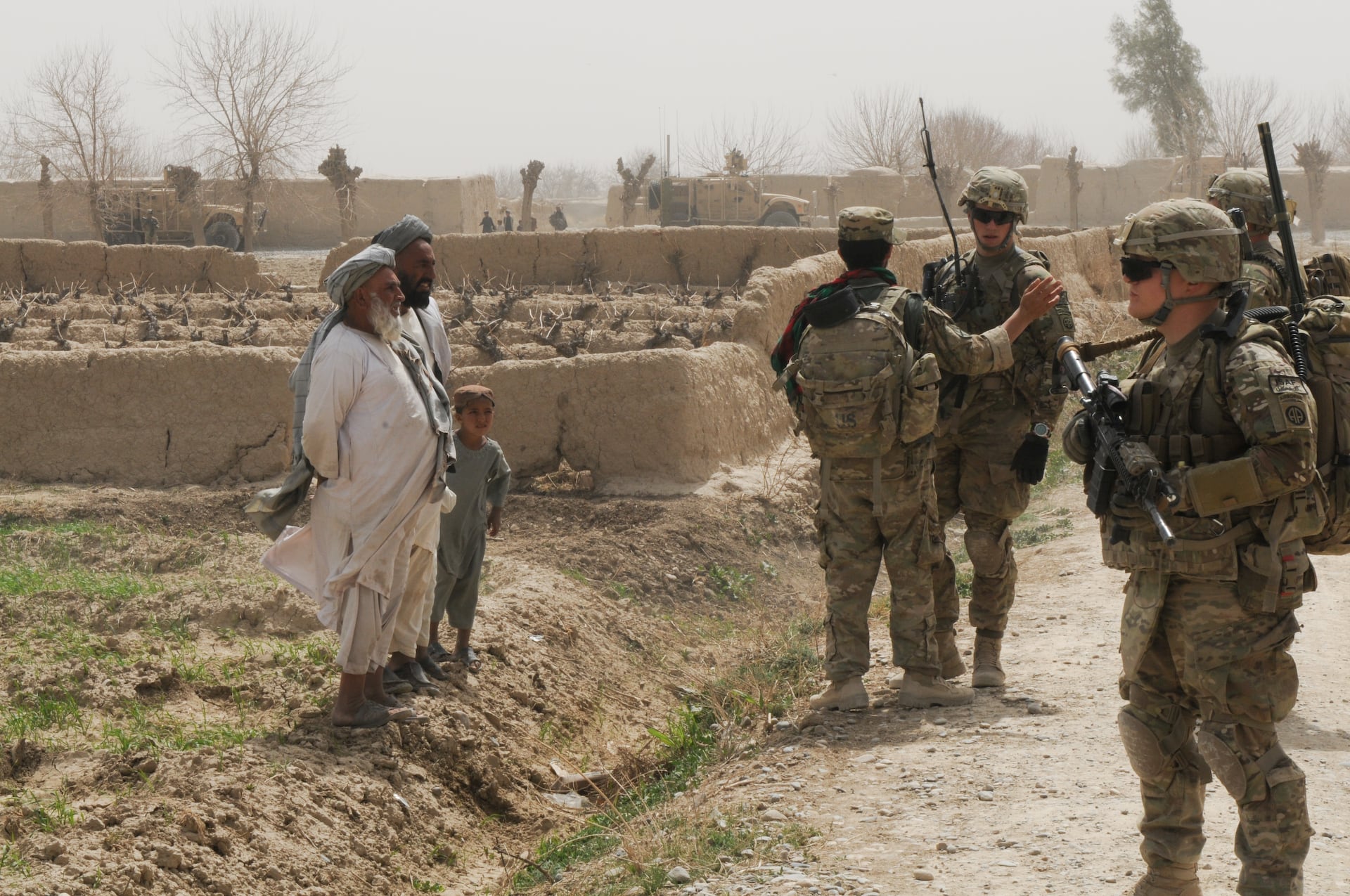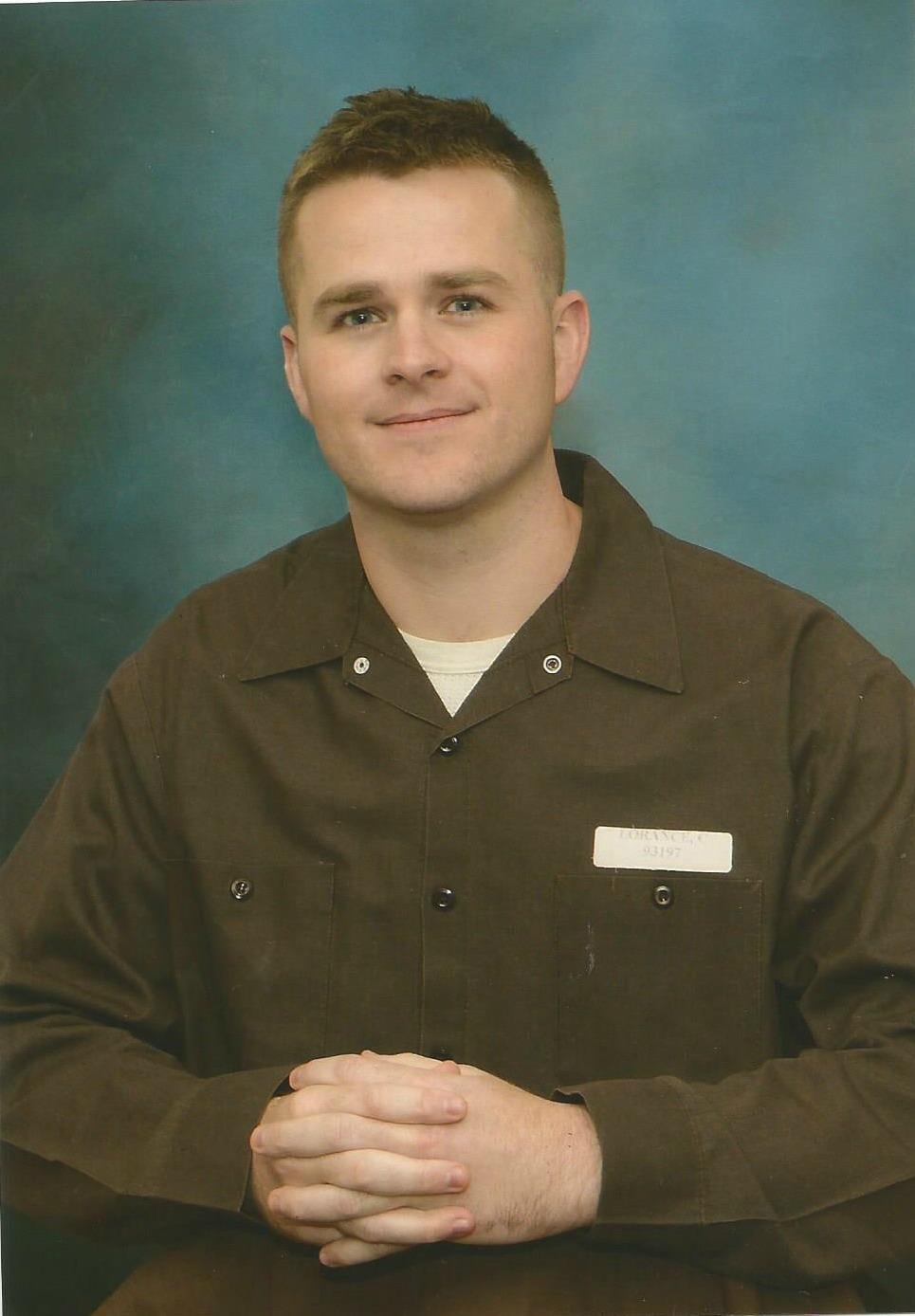An Army officer serving a 19-year sentence for murder in military prison on Fort Leavenworth, Kansas, is expected to have his case reviewed by a civilian court soon.
The civilian review comes after former 1st Lt. Clint Lorance, 34, had an appeal rejected by military judges two years ago.
On July 2, 2012, Lorance gave orders to his soldiers to fire on three unarmed Afghan men on a motorcycle near their patrol. One soldier initially fired two shots, missed and watched as the Afghan men came to a stop, dismounted their bike and walked towards the Afghan National Army soldiers who were at the front of the U.S.-Afghan patrol, according to court records.
The Afghan soldiers gestured for the motorcyclists to leave. At that point, Lorance ordered over the radio for the platoon’s gun truck to engage the Afghan motorcyclists using an M240B machine gun, killing two of the riders and wounding the third, who then managed to flee.
The shooting near Strong Point Payenzai in Zharay district, Kandahar province, earned Lorance few supporters, even within his own platoon. Several of Lorance’s soldiers testified at his court-martial that the riders posed no imminent hostile threat at the time of the shooting, helping to secure a conviction.
In a petition to the Army Court of Criminal Appeals in 2017, Lorance’s lawyers argued that biometric evidence showed that at least one of the men on the motorcycle was linked to an improvised explosive device incident prior to the shootings. The other slain rider knew someone who was linked to hostile action against U.S. forces. And the victim who fled the scene was also allegedly involved in an insurgent attack after he was wounded.
Regardless, the appeal was ultimately denied by Army judges, who wrote in their opinion that Lorance knew none of that information and the victims posed no threat at the time.
Now, Lorance’s attorneys have taken the case outside of the military justice system and placed it onto the docket in federal civilian court in Kansas.
“The U.S. Army Court of Criminal Appeals denied Lorance’s appeal, stating that a prosecutor in a double murder and attempted murder case has no obligation to run a simple biometric records check to determine who the fighting-aged males on the battlefield were,” John N. Maher, one of Lorance’s lawyers and a former Army judge advocate general, told Army Times.
The judges wrote in their opinion that they declined to require trial counsel to seek out and “search into the abyss of the intelligence community” for such information.
“The [judges] held that even if the prosecutor disclosed that the Afghan fighting-aged males left their fingerprints and DNA on IEDs, that information was totally irrelevant to Lorance’s case,” Maher said. “The problem with that, however, is that the prosecutors urged the jury that the victims were civilians.”

Though Lorance never fired his weapon, he was convicted for making the call to engage.
He was also convicted of threatening a local Afghan; firing an M14 rifle into a village, trying to have one of his soldiers lie about receiving incoming fire and obstructing justice by making a false radio report after the two men on the motorcycle were killed.
Lorance had only been with the platoon briefly, as he replaced another lieutenant who was wounded by an IED in the days prior.
Some of the soldiers under Lorance’s command spoke with Army Times in 2015, including Todd Fitzgerald, a former specialist and infantryman in Lorance’s platoon, who testified during the original court-martial.
“Us testifying against him, it wasn’t a matter of not liking him, it wasn’t a matter of any type of grudge or coercion,” Fitzgerald said. “It was simply we knew that his actions, based on our experience, having operated in that area for months, were going to breed further insurgency. If you kill local citizens, they’re no longer willing to help you.”
RELATED

The platoon, which fell under the 82nd Airborne Division, was frequently in combat during their deployment. In the days leading up to Lorance taking over, the soldiers had sustained four casualties including the previous platoon leader.
The area the platoon was in was known to be a hotbed of insurgent activity.
Kevin Huber, a U.S. citizen and government contractor, watched some of the events leading up to the shooting through the cameras on a stationary blimp.
“I saw three fighting-aged males shadowing the American patrol at a distance of about 300 meters,” Huber wrote in Lorance’s new court petition that will be presented to the civilian court. “In my experience, they had every indication of Taliban or insurgent fighters because they were armed with AK-47 assault rifles and using ICOM radios while moving along the back wall of the village toward the American position.”
Court records do not indicate that those motorcyclists — if they were indeed the same ones who Lorance later ordered soldiers to shoot — were armed at the time of the shooting.
Daniel Gustafson, who served as the command sergeant major for the battalion over Lorance’s platoon, was located in the tactical operations center that day.
He wrote in testimony that he was 100 percent confident that Lorance’s platoon was being scouted for an impending attack.
“I understand that the three Taliban scouts riding the motorcycle approached Lorance’s platoon from the Northeast, that several insurgents were using ICOM radios and maneuvering into fighting positions to the North, and that a motorcycle rider came down to the West who was stopped, detained, and was found to have [homemade explosive material] on his hands," Gustafson wrote.
Gustafson said in his testimony that he personally knew Lorance and thought well of him.
“The chain of command thought so highly of him that when [the previous platoon leader] was wounded, there were a number of Lieutenants who could have been selected for this tough assignment that would absolutely result in gunfights occurring while on every patrol," the testimony reads.
Kyle Rempfer was an editor and reporter who has covered combat operations, criminal cases, foreign military assistance and training accidents. Before entering journalism, Kyle served in U.S. Air Force Special Tactics and deployed in 2014 to Paktika Province, Afghanistan, and Baghdad, Iraq.





